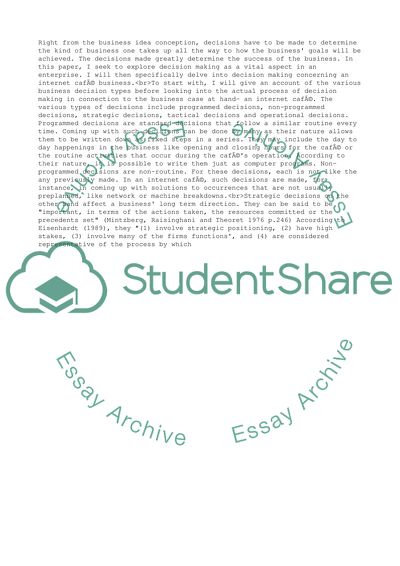Cite this document
(Business decision making Essay Example | Topics and Well Written Essays - 2000 words - 4, n.d.)
Business decision making Essay Example | Topics and Well Written Essays - 2000 words - 4. https://studentshare.org/business/1827394-business-decision-making
Business decision making Essay Example | Topics and Well Written Essays - 2000 words - 4. https://studentshare.org/business/1827394-business-decision-making
(Business Decision Making Essay Example | Topics and Well Written Essays - 2000 Words - 4)
Business Decision Making Essay Example | Topics and Well Written Essays - 2000 Words - 4. https://studentshare.org/business/1827394-business-decision-making.
Business Decision Making Essay Example | Topics and Well Written Essays - 2000 Words - 4. https://studentshare.org/business/1827394-business-decision-making.
“Business Decision Making Essay Example | Topics and Well Written Essays - 2000 Words - 4”. https://studentshare.org/business/1827394-business-decision-making.


